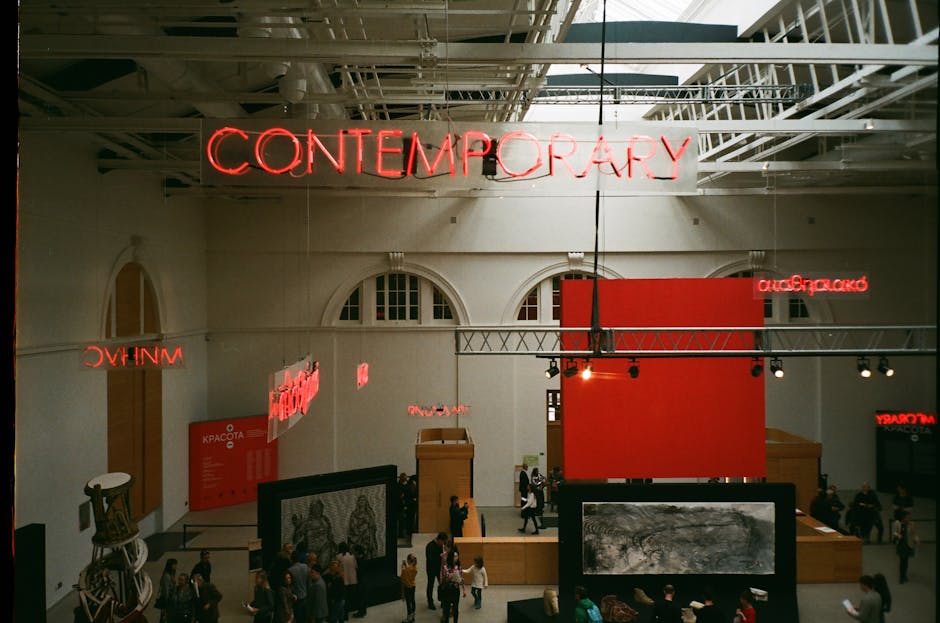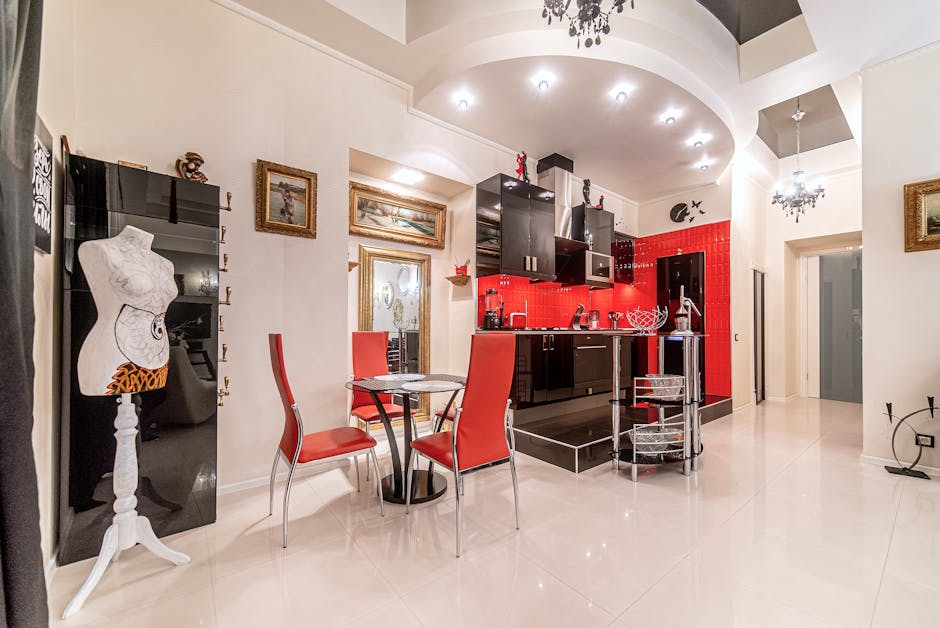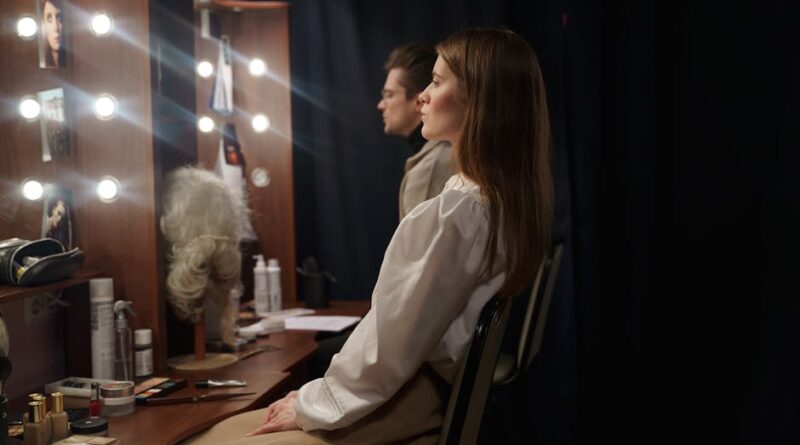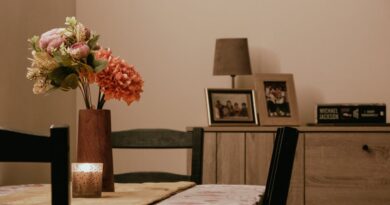The Role of Lighting in Furniture Spaces
Have you ever walked into a room and instantly felt it’s mood shift? Lighting plays a crucial role in how we feel about our surroundings. it’s not just about seeing; it’s about experiencing a space. Lets explore how lighting can transform furniture spaces into inviting areas that reflect your style and enhance your comfort.
Why Does Lighting Matter in Furniture Spaces?

Lighting sets the tone. It affects our emotions, influences our activities, and even impacts our productivity. According to a study by the American Society of Interior Designers, nearly 90% of people say lighting is a key factor in how they feel about a space.
Imagine reading a book in a bright, cheerful room versus a dim, shadowy one. The right lighting can make you feel more relaxed and focused. it’s essential to understand that lighting is just as important as the furniture itself.
What Types of Lighting Are There?

There are three main types of lighting: ambient, task, and accent. Each serves a different purpose in a room.
- Ambient Lighting: This is general lighting that fills a room with light. Think of ceiling fixtures or natural light from windows. It creates a base level of brightness.
- Task Lighting: This type of lighting focuses on specific areas where activities happen. It includes desk lamps for reading or under-cabinet lights in the kitchen for cooking.
- Accent Lighting: This lighting highlights specific features in a room, like artwork or architectural details. It adds drama and can create focal points.
Each type of lighting works together to create a cohesive look. it’s important to balance them for an inviting atmosphere.
How Can You Use Lighting to Enhance Your Furniture Spaces?

Now that we understand the types of lighting, lets look at how to use them effectively in your home.
1. Layer Your Lighting
Layering lighting means combining different types for a balanced feel. Start with ambient lighting for overall brightness. Then, add task lighting where you need it, like next to your favorite chair or at a workspace. Finally, include accent lighting to highlight your beautiful furniture or artwork.
2. Choose the Right Bulbs
The type of light bulb you choose can dramatically change a rooms mood. Here are simple options:
- Warm White: Creates a cozy, inviting environment.
- Cool White: Gives a clean, modern lookideal for workspaces.
- Daylight: Mimics natural light, perfect for areas where you read or work.
Experiment with different bulbs to find what feels best for you.
3. Consider Light Fixtures
The light fixtures you choose also impact the spaces style. A sleek pendant lamp can add a modern touch, while a vintage chandelier brings a pop of elegance. don’t shy away from making a statement with your fixtures.
Can Lighting Affect Room Size Perception?

Absolutely! The right lighting can make a room feel larger or cozier. Bright, well-lit rooms often feel more spacious and open. In contrast, dim lighting can create a sense of intimacy.
If you have a small room, try these tips:
- Use multiple light sources to brighten dark corners.
- Install mirrors to reflect light and create a sense of depth.
- Opt for lighter-colored lampshades to diffuse light.
These tricks can help your small space feel larger and more inviting.
How Can You Use Natural Light?
Natural light is free and brings a warm, organic feel to any room. Maximize it by:
- Using sheer curtains that let in light.
- Positioning mirrors across from windows to reflect sunlight.
- Keeping windows clean to enhance brightness.
Natural light can make your furniture colors pop and create a vibrant atmosphere.
What Are Common Lighting Mistakes to Avoid?
Even with the best intentions, it’s easy to make lighting mistakes. Here are some common pitfalls:
- Overhead Only: Relying solely on overhead lights can create harsh shadows. Mix it up!
- Too Dim or Too Bright: Finding the right brightness is key. Aim for a balance.
- Ignoring Dimmers: Dimmers let you adjust the light according to your needs. they’re a game changer.
By avoiding these mistakes, you can create a space that feels just right.
How Does Lighting Impact Mood and Productivity?
Lighting has a direct effect on mood and productivity. For instance, bright, cool light can enhance focus and alertness, making it great for workspaces. On the flip side, warm, soft light can help you relax after a long day.
Research shows that proper lighting can boost mood and even increase productivity. Make sure your workspace has ample task lighting to keep you engaged and focused.
Are There Any Expert Tips for Lighting Design?
According to interior designers, here are some golden rules for lighting:
- Start with a lighting plan. Know where youll need different types of lighting.
- don’t forget about the height! Hanging fixtures should be at eye level.
- Mix textures and materials. Different finishes can add interest.
These tips can elevate your lighting game and enhance your furniture spaces.
What Are Some Popular Lighting Trends?
Lighting trends come and go, but some are here to stay. Here are a few popular ones:
- Smart Lighting: Control your lights with your phone or voice. it’s convenient and fun!
- Vintage Edison Bulbs: They add a nostalgic, warm glow to any space.
- Statement Fixtures: Bold, unique designs can become conversation starters.
Stay updated on trends to keep your home feeling fresh and stylish.
How Can You Take Action Today?
Ready to enhance your spaces with lighting? Start small! Here are some easy steps:
- Change out a few lightbulbs to see what glow you prefer.
- Experiment with different lamp placements.
- Consider adding a dimmer switch in key areas.
With a little creativity and experimentation, you can transform your furniture spaces into inviting places you love to spend time in.
In conclusion, lighting plays a vital role in shaping our experiences at home. By understanding how to use ambient, task, and accent lighting, you can enhance your furniture spaces dramatically. Remember to consider natural light, avoid common mistakes, and keep up with trends. Happy illuminating!
For further reading on creating the perfect atmosphere, check out this [link to related article](https://www.example.com/creating-atmosphere-with-lighting).



